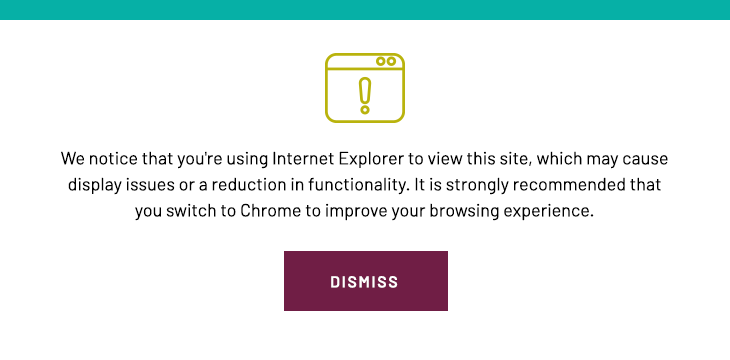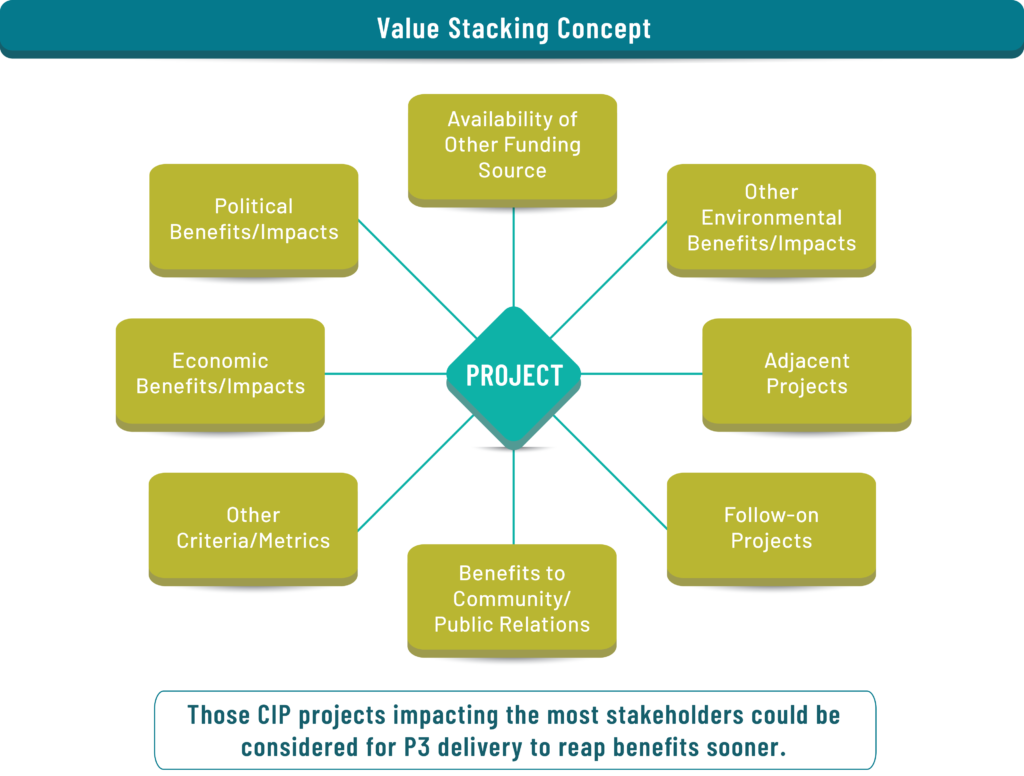



There is an old saying that “the only constant is change” which translates literally to things are always changing. This has never been more apparent than in our current state of economic, political, and environmental flux. However, what about a paradigm shift where a significant essential change takes place, and a new and different method or process replaces the usual way of doing something? We may literally be on the brink of such a change (i.e. shift) as we are seeing the architecture, engineering, and construction (AEC) industry experience phenomenal growth in the use of Public-Private Partnership (P3) delivery for public sector projects.
It will not be any one of these factors acting alone to stimulate the change, but the synergetic “combination” of all five, acting simultaneously. Therefore, it will prove prudent for public owners to consider enacting some (or all) of the following measures to ensure they will get the maximum benefit from this paradigm shift towards an increased P3 delivery environment.
Recommendation #1: Identify significant “out year” CIPs for feasibility studies. The feasibility study process itself will clarify the project need, highlight the opportunity to the public, and provide additional information to the market. This will increase developer interest in pursuing these projects by employing the P3 delivery method.
Recommendation #2: Consider implementing a small (<$5 million) project to “test drive” the locality P3 guidelines and processes for best practices on P3 delivery. Gaining experience with P3 delivery on a smaller scale will allow the public owner to develop the supporting structures and processes necessary for a successful P3 delivery, but it will also build confidence in the owner team through increased familiarity with the P3 process while reducing risks that might be associated with a larger “first time” P3 project.
Recommendation #3: Appoint a P3 champion within the public works/city-county engineer staff. The P3 Champion should train staff on the P3 best practices, refine P3 guidelines, and visit nearby P3 projects to increase situational awareness of P3 delivery.
Recommendation #4: Seek out methods to optimize project funding by maximizing results that benefit the greatest number of stakeholders. One new concept now being used is called value-stacking, where multiple needs across multiple benefiting parties are addressed. For example, by combining two or more projects into a higher-use single project will result in a net CIP savings, which translates into a higher ROI. Those CIPs impacting the most stakeholders could be considered for P3 delivery to reap benefits sooner by leveraging private sector capabilities. The following chart outlines a view of eight potential impacts to consider for ranking projects for funding in order to maximize the benefits for as many stakeholders as possible.

Recommendation #5: Seek out experienced practitioners in the private sector for consulting and staff augmentation support in key areas such as procurement strategies, P3 proposal evaluations, construction contract, and schedule reviews, financial management and cost analysis, construction phase quality assurance oversight, and project risk management. These subject matter experts can assist by mitigating foreseeable risks to achieve successful project delivery through the P3 process.
In summary, public owners will want to take advantage of this very significant procurement tool by preparing for the upcoming paradigm shift towards more P3 delivery. The P3 process has proven to be instrumental for many public owners in maximizing results for successful project delivery. Change is constant and being flexible enough to keep adding tools into your public sector project delivery toolbox will be worthwhile for leadership to implement.
Learn more about P3 delivery by visiting additional blogs below:
Summer Road Trips and Public-Private Partnerships
P3 Delivery: Are We Riding the Brake or Pressing the Gas Pedal?
Hot Potato…Who Has the Risk in P3?
Design-Build-Operate P3 Delivery in Sports Facilities for Municipalities
Comments